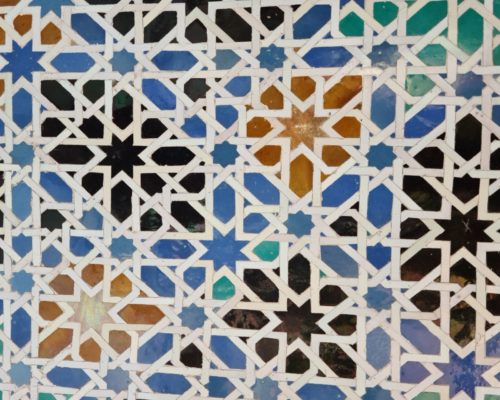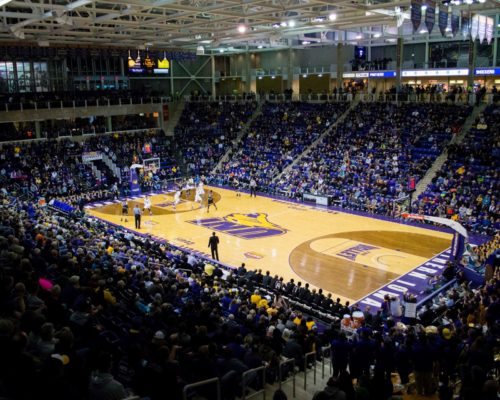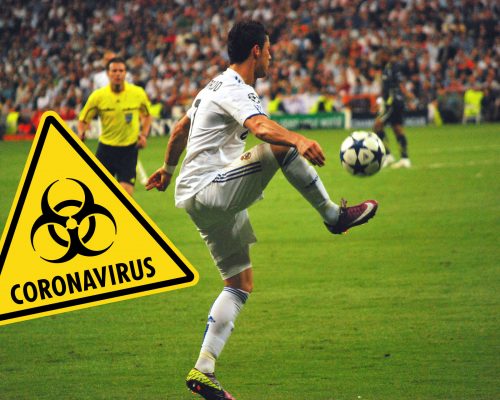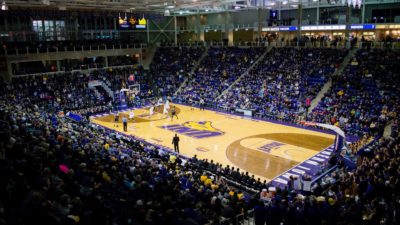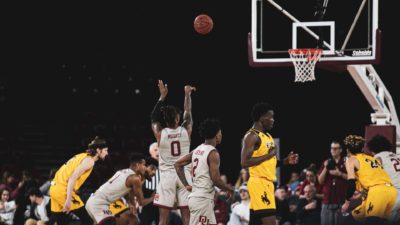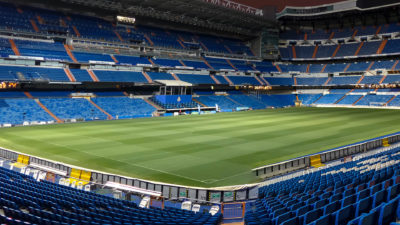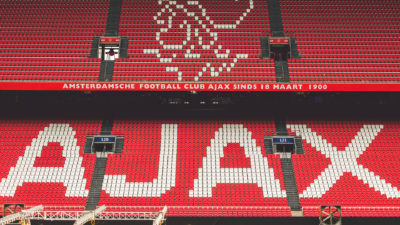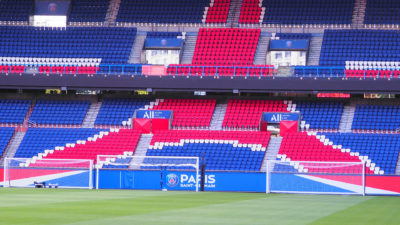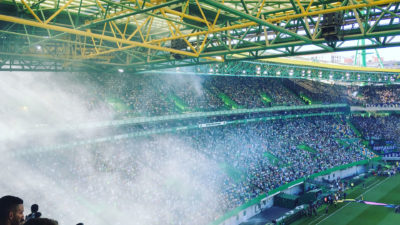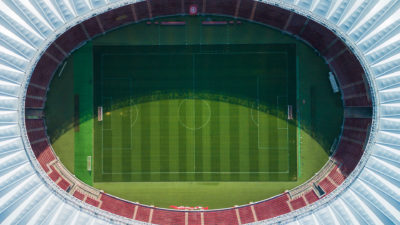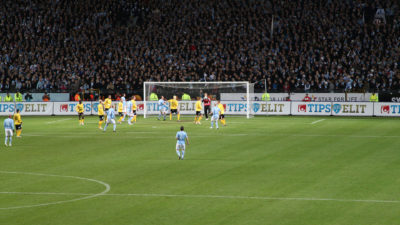- €150 casino bonus
- €150 odds bonus
- Where top dogs play
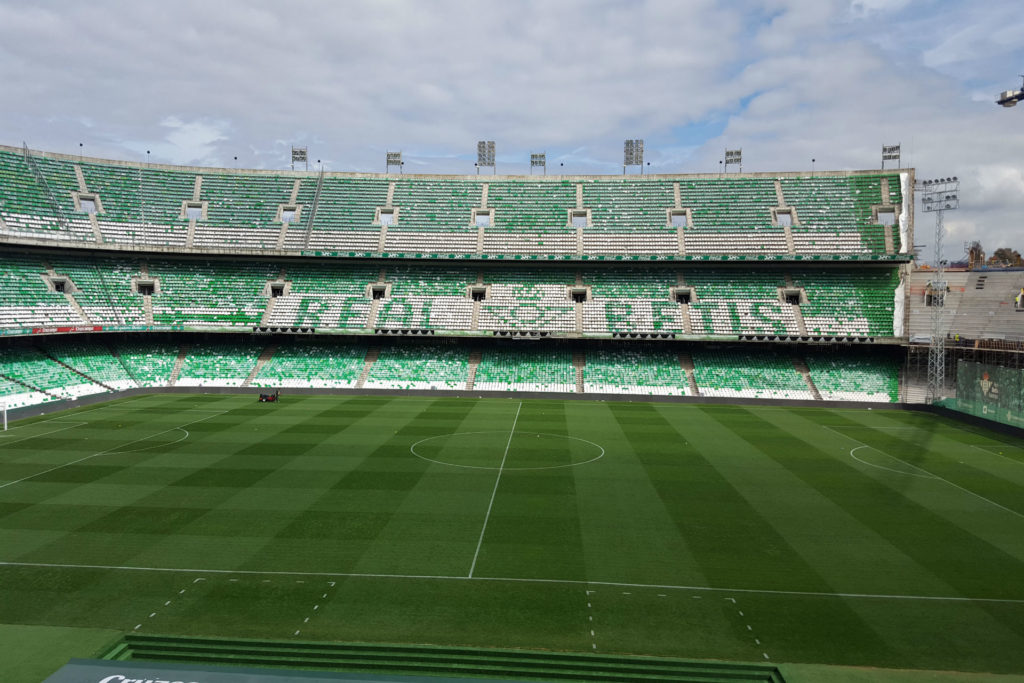
Real Betis from Seville
One of two classical teams in La Liga – Real Betis
Real Betis is a soccer team from Seville, the most Spanish city in all of Spain. Real Betis is more than a football club, it´s an institution. It is the fourth largest club in Spain in terms of members, only behind Barcelona, Real Madrid, and Atlético Madrid. It maintains a great rivalry with the other club in the city, Sevilla FC. The derbies between Real Betis and Seville FC – called El Gran Derbi – are one of the hottest football games on this planet!
History of Real Betis
It all started in 1907 when a group of students founded the Sevilla Balompié Football Club. But this project did not last long as the board refused to accept players who came from the working class. This created great anger among many of the club´s members.
Therefore, several players left the team, and many partners withdrew.
Betis – the working-class club
As a countermeasure, the offended members founded another soccer club that was going to accept people from all social classes. The new club received the name Betis FC. We should maybe point out that Betis is the old name of the river that passes through the beautiful city of Seville (later the Arabs changed the name of the river to Guadalquivir). For this reason, Real Betis has always been said to be the club of workers, of the working class. On the contrary, Sevilla FC is said to be upper class. It should be added that this is not true today: both clubs have members from all walks of life.
The colours of Real Betis Balompié
At the beginning, the colours of Betis were completely blue. But three years later, a member delivered a gift from Scotland: the green and black shirt of Celtic Glasgow. But after a painful defeat in this new kit, the club changed their colours again, this time to green and white. The reason was that they thought that green and black brought bad luck. Since then, the colours of Betis are verdiblanco, green and white. Colours that by the way coincide with those of the Andalusian flag.
The Thirteen Bars
Real Betis is known as “El Club de las Trece Barras, the Thirteen Bars Club. This name comes from its emblem, which is quite particular. The Real Betis emblem is made up of a circle with two intertwined B´s and a crown. This circle is inscribed in a triangle with thirteen green and white bars that is located at the bottom of the emblem. The club’s official magazine is also called Trece Barras.
The home ground – Benito Villamarín
The Real Betis Balompié stadium is called Benito Villamarín and is a sports venue located on Avenida de la Palmera, in the Heliópolis neighbourhood of Seville, Spain. Hence the phrase “At the end of the Palm Tree Avenue…”. The plans to build the Benito Villamarín Stadium was on the table as early as 1912 but it was inaugurated on March 17, 1929. After demolishing and renovating the Gol Sur part, it accommodate as many as 60,721 spectators.
A massive stadium with a marvellous atmosphere
With this, the Benito Villamarín is the largest stadium in Andalusia and the fourth in Spain, only surpassed in capacity by the Camp Nou, the Santiago Bernabéu and the new Metropolitano of Atlético Madrid. This stadium was one of the seventeen venues for the World Cup in Spain in 1982. In addition, fifteen matches of the Spanish National Team have been played there, including the historic match against Malta where La Roja (The Reds) won 12–1.
Famous players
Obviously, being one of the great clubs in Spain, a lot of famous players have passed through Real Betis Balompié. Here we mention a few of them:
Louis del Sol
This guy from the city of Soria played for Betis from 1953 to 1960. A Spanish international player who always worked hard on the pitch. For this reason, he was nicknamed ” Seven Lungs” or “Little Brush”. Luis del Sol played for Real Betis, Real Madrid, Juventus and AS Roma.
Julio Cardeñosa
Also, a former international soccer player for La Roja. He played 11 seasons for Real Betis and was very successful with the Sevillian team. Until 2 months ago, he was the player who had played the most games for the Betis team in the First Division, a massive 307 games. But in September 2019 he was overtaken by Joaquín (see below). He won a Copa del Rey with Betis.
Rafael Gordillo
An authentic legend in Betis and Seville. Rafael Gordillo, born in Almendralejo, Extremadura, is the only Spanish player (apart from Alfredo di Stéfano) to appear on France Football’s list of the 30 best players of the 20th century. These players were chosen by previous Ballon d’Or winners. Apart from playing for Real Betis Balompié he also played for Real Madrid Club de Fútbol and the Spanish national team. He played two stages at Real Betis: between 1976-1985 and then between 1992-1995.
Alfonso
Alfonso Pérez Muñoz, known simply as Alfonso, was born in Getafe, Madrid and was trained in the Real Madrid youth academy. He played four seasons in the Madrid first team but signed for Real Betis Balompié in 1995. Alfonso played 5 seasons in the Seville team and had great success. He was then transferred to FC Barcelona but returned to Betis again and ended up being the third top scorer in the club’s history. This brilliant player was also an international with Spain.
Joaquin Sanchez
A legend who in 2022 continues to play for Real Betis. Joaquín Sánchez is from Puerto de Santa María, Cádiz, and has played more than 800 official matches with the teams where he has played (Betis, Valencia, Málaga, Fiorentina and again for Betis). He has played 51 international matches with La Roja and is a true living legend of Real Betis. In September 2019 he overtook Cardeñosa as the player with the most games played in La Liga. It was when he played his 308th game against Osasuna. And Joaquín continues to add matches to his CV, despite being born in 1981. The next challenge will be to beat the Betis goalkeeper Esnaola, who has 378 games with Betis in the First Division.
The famous phrase Viva el Betis manque pierda
It is said that the mythical phrase “Viva el Betis manque pierda!” (Long live Betis, eventhough they lose) comes from a hymn from 1954. It was the year that Real Betis, after years of enormous economic problems, managed to find their way back to the Second Division. But despite all the hardships, the Betis fans became famous for filling their stadium and for authentic green marches in the away games. Therefore, the phrase means that the love of the club goes beyond the results.
Real Betis Balompié – it’s not football, it’s an emotion
Anyone who has lived in Seville for a while knows that Real Betis is more than just a football club. Being Bético, a Betis fan, is a legacy that is inherited from father to son. It is an emotion that is carried within. And changing club is unthinkable, and of course you could never ever become a Sevilla FC fan. In Seville, football is a religion and is almost as important as life itself.


